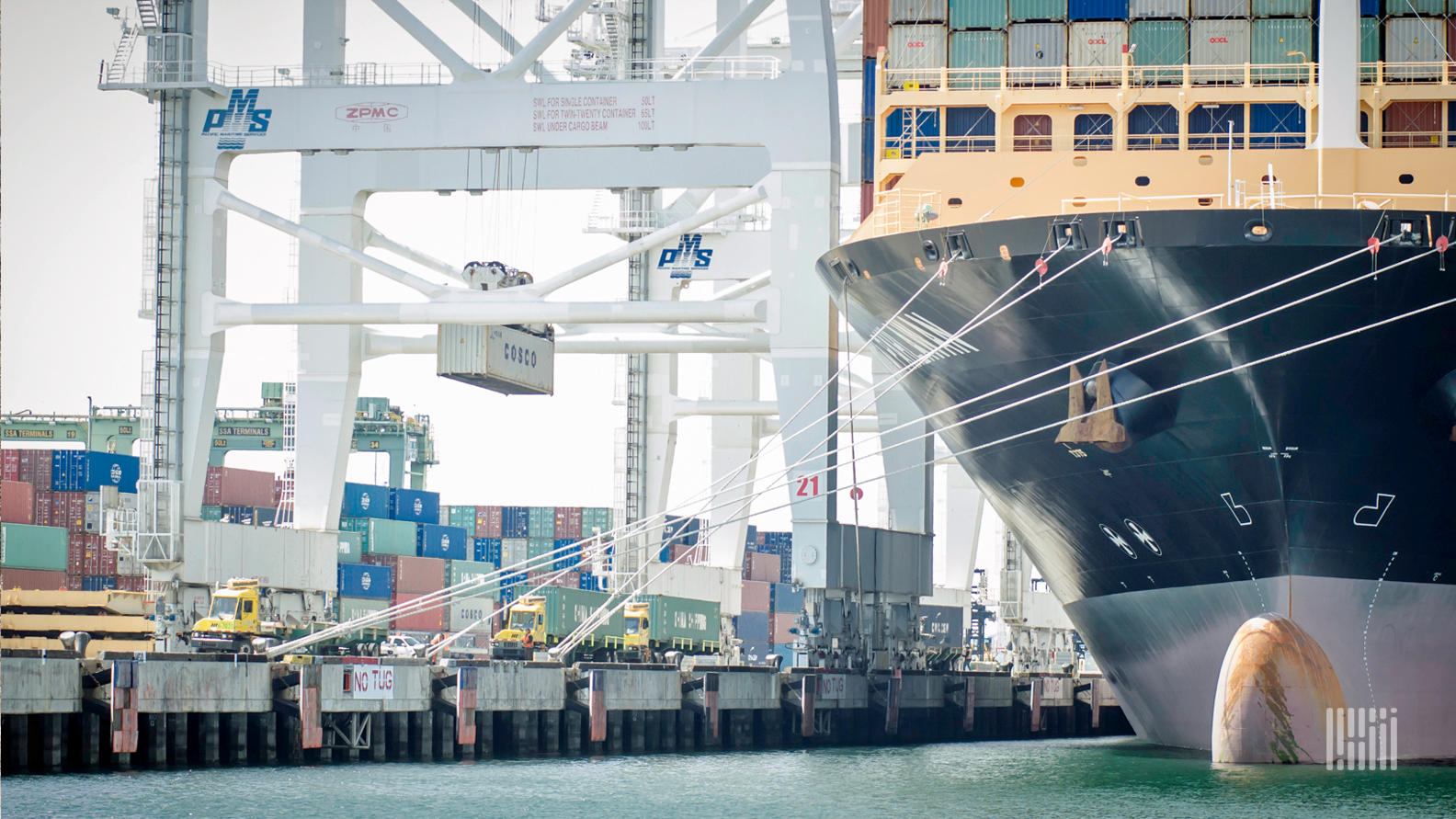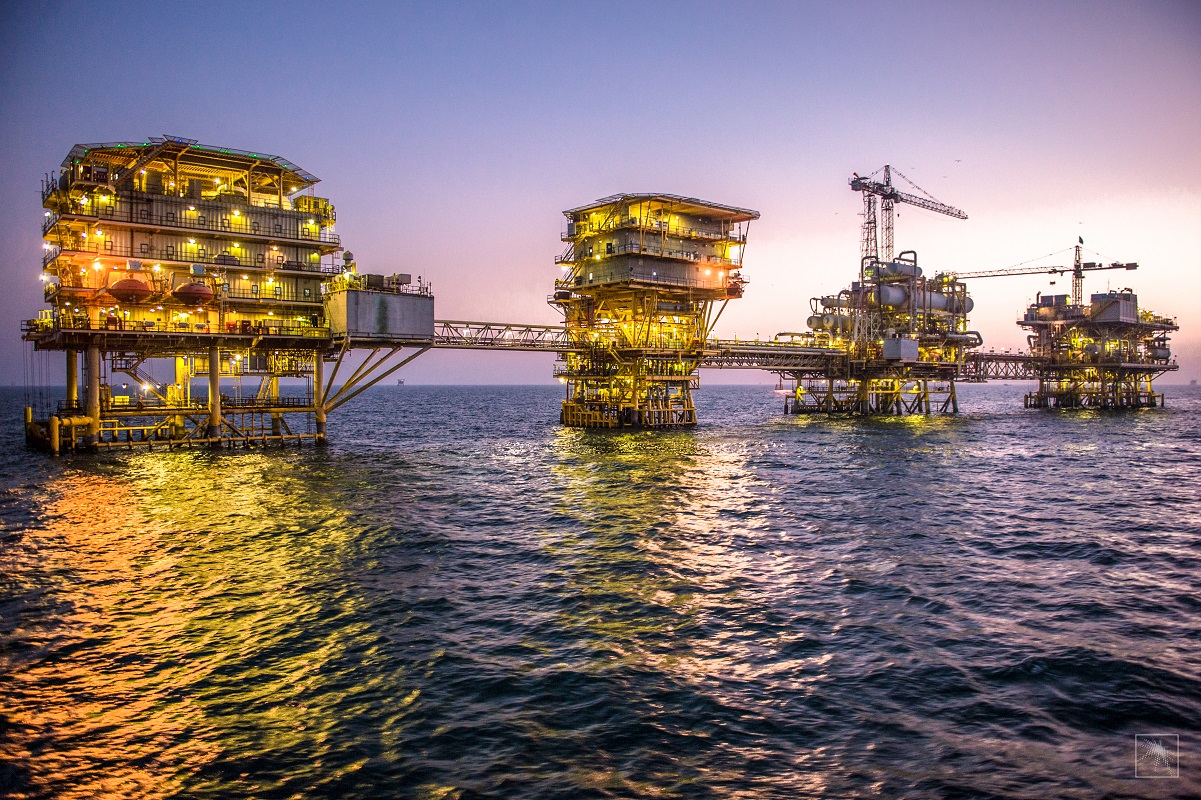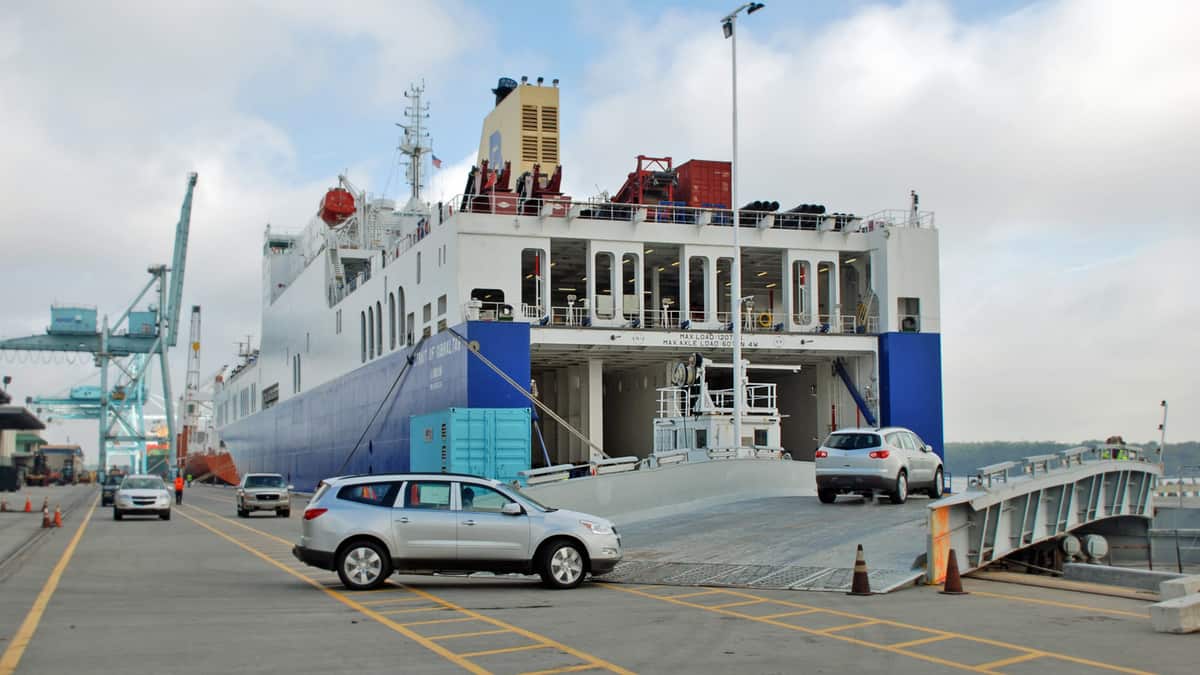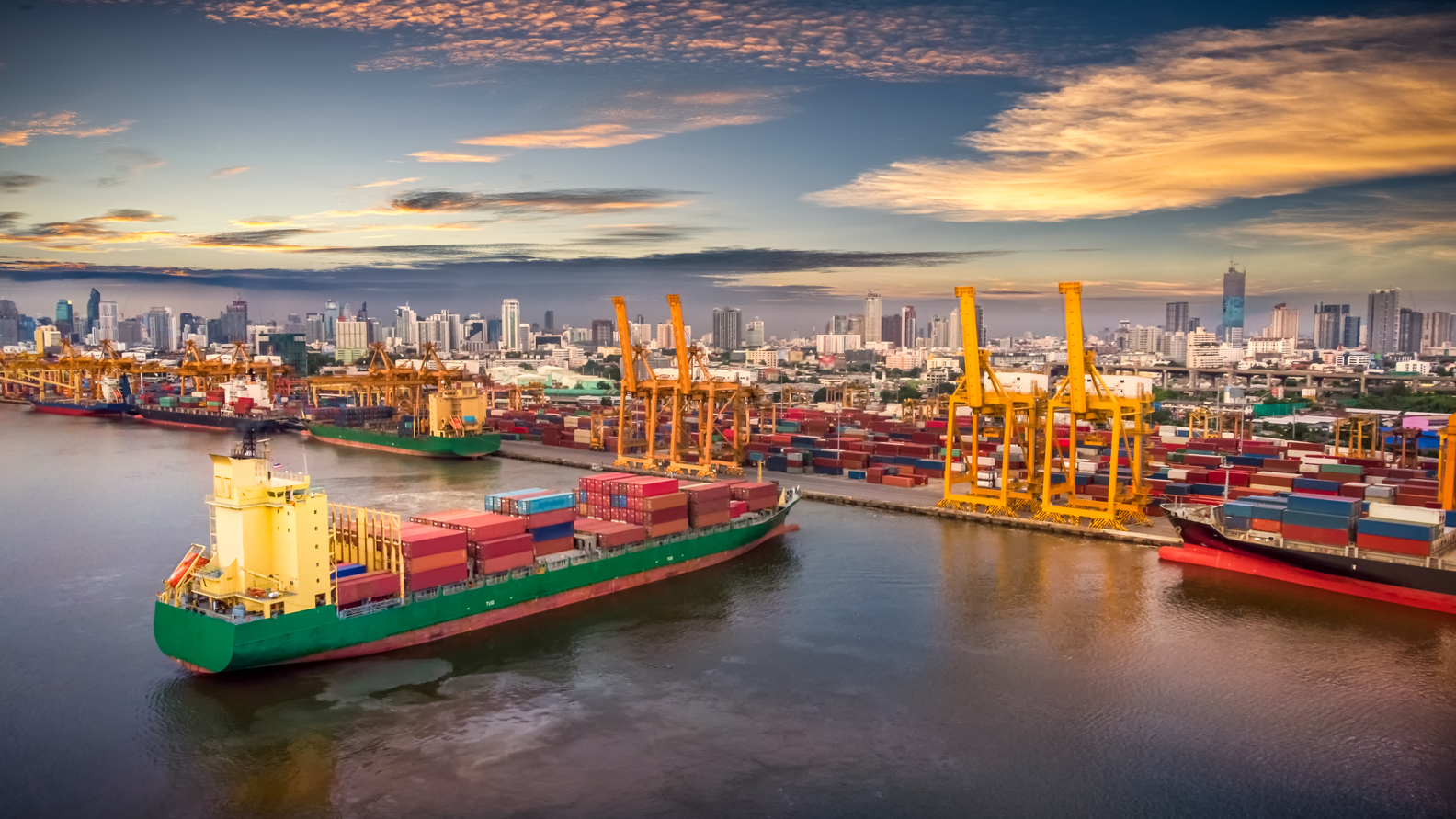
Blanked container services and increased demand ahead of an early Lunar New Year in 2020 look set to support container spot freight rates in the weeks ahead. Indeed, there is already evidence that slot availability at load ports in Asia is tightening.
“We’ve had a lot of service cancellations by lines and, with the holiday season coming followed right after by the Lunar holidays in January, there has been some anxiety from shippers. They want to ship and avoid rollovers,” a Hong Kong-based forwarder told FreightWaves.
Flexport reports that capacity reductions on Asia-Europe services enabled lines to implement General Rate Increases (GRI) on November 1 and space is now tightening, while some cargo is already being rolled on both Asia to U.S. West Coast and Asia to U.S. East Coast services.
Spot freight rates on
Shanghai-Rotterdam services spiked 30% last week to reach $1,560 per forty-foot
equivalent units (FEU) on October 31, according to Drewry. Shanghai-Genoa and
Shanghai-Los Angeles rates also jumped last week, rising 15% and 12%,
respectively, according to the analyst’s assessment of the World Container
Index.
Spot gains sustainable?
However, the latest monthly report from Maritime Strategies International (MSI) questions whether spot rate gains in the early weeks of November will be sustainable through the fourth quarter after a disappointing October for carriers.
“We are somewhat skeptical the higher rates that we expect at the start of November will be maintained over the remainder of Q4 2019,” noted MSI in its latest monthly report.
What is clear is that the introduction of IMO 2020 low sulfur fuels and looming Asia-Europe contract negotiations with shippers will spur carriers to support spot rates on mainline East-West trades by whatever means available.
“Carriers will face the twin
incentives on the Asia-Europe trades of annual contract negotiations and
passing on higher fuel costs in the coming months, both of which will be eased
by a healthier spot market backdrop,” said MSI.
Scrubber fittings limiting supply
Aside from blanked sailings, carriers are also now boosting spot rates by removing vessels from loops to undertake scrubber retrofits to avoid using IMO 2020 low-sulfur fuels that become mandatory under International Maritime Organization rules on January 1. Often these vessels are being replaced temporarily by smaller ships, taking capacity out of the market.
“An early Chinese New Year
should also help spot markets in December,” added MSI.
The analyst expects average
Asia-Europe spot rates of around $820 per twenty-foot equivalent units (TEUs)
in December and Trans-Pacific rates (expressed as a weighted average for West Coast
and East Coast services) of around $1,700 per FEU.
On average in October, Asia-North
Europe spot were rates were $590 per TEU, Asia-Mediterranean rates were $720
per TEU, Asia-U.S. West Coast rates were $1,340 per FEU and Asia-U.S. East
Coast rates $2,370 per FEU, according to MSI.
Lines to speed services?
The wider use of scrubber-fitted
container vessels ahead of the introduction of IMO 2020 prompted one analyst
recently to suggest that some carriers could speed up vessels using lower-cost
high sulfur fuels on scrubber-fitted ships.
“Carriers that deploy scrubber-fitted ships could take advantage of cheaper bunker prices in 2020 and speed up services,” argued Alphaliner.
MSI takes a different view. It
identifies “clear imbalances” between alliances and carriers in terms of
scrubber-fitted units, which it expects will bring new dynamics to container
shipping pricing in 2020.
However, instead of speeding up scrubber-fitted vessels, the analyst expects carriers to support bottom lines with any fuel savings, a sensible strategy given that is unclear how much of the estimated $11 billion bill in extra fuel costs lines will be able to pass on to customers next year.
“We overall expect that the carriers with the highest number of scrubbers will bank the savings from lower fuel costs rather than slash rates in order to steal market share, although predatory pricing cannot be ruled out,” added MSI.
More articles by Mike












